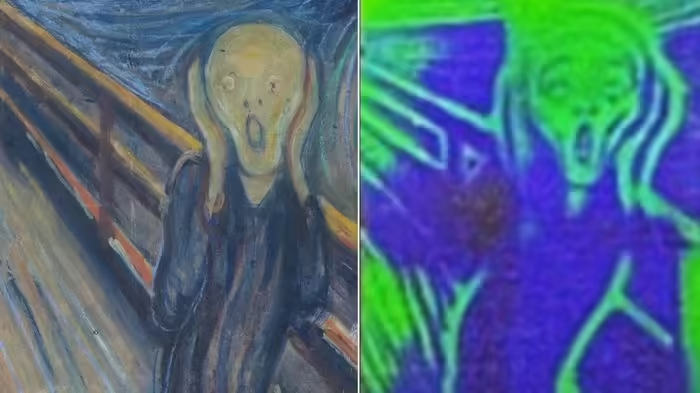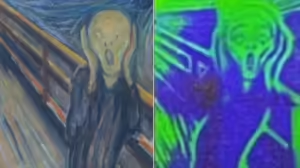Researchers at Dartmouth College and Southern Methodist University have discovered new potential applications for liquid crystals that could revolutionize future technology. In a recent study, scientists revealed that liquid crystals, known for their role in energy-efficient display screens for phones, TVs, and computers, can now be manipulated in more advanced ways using natural light. This approach could lead to innovations such as liquid crystal lasers, erasable and printable display screens, and counterfeit-deterrent tags for banknotes according to the researchers.

The research centers on a synthetic molecular switch designed in the lab of Ivan Aprahamian, a professor of chemistry at Dartmouth. The switch consists of an organic molecule called triptycene and a class of compounds known as hydrazones. When triggered by a pulse of light, this switch can alter the structure of liquid crystals, enabling them to reflect different colors. The key to this process lies in the formation of twisted, DNA-like helices in the liquid crystals, which change color as their structure is stretched or compressed.
According to the study, when triptycene interacts with liquid crystals, it breaks the symmetry of the molecules, making them chiral—meaning they form two mirror-image shapes that can’t be superimposed on one another. This chiral arrangement causes liquid crystal molecules to align in a helical structure, which reflects light at various wavelengths depending on the spacing of the coils. The ability to control this spacing allows researchers to manipulate the colors that the liquid crystals reflect, similar to the way a chameleon changes color by adjusting its skin structure.
Aprahamian likened the effect to playing an accordion, explaining that by using light to control the pitch of the liquid crystal helix, researchers could adjust the color it reflects. This innovative technique has already produced vivid reproductions of famous artworks, including Edvard Munch’s The Scream and Vincent van Gogh’s The Starry Night, projected onto liquid crystal screens using a miniature slide projector in Alexander Lippert’s lab at Southern Methodist University.
This marks the first time a synthetic switch has been capable of producing visible color from liquid crystals. Previous attempts using a different chiral molecule, isosorbide, failed to reflect visible light. However, triptycene proved to be a breakthrough, transferring chiral information to liquid crystals with remarkable efficiency, according to Aprahamian. The interaction between triptycene and the liquid crystals relies on what is known as the “sergeant and soldiers’ effect,” where a few chiral molecules can influence a larger number of achiral molecules to align and alter their properties.
Reference
Bala, I., Plank, J.T., Balamut, B. et al. Multi-stage and multi-colour liquid crystal reflections using a chiral triptycene photoswitchable dopant. Nat. Chem. (2024). https://doi.org/10.1038/s41557-024-01648-0

